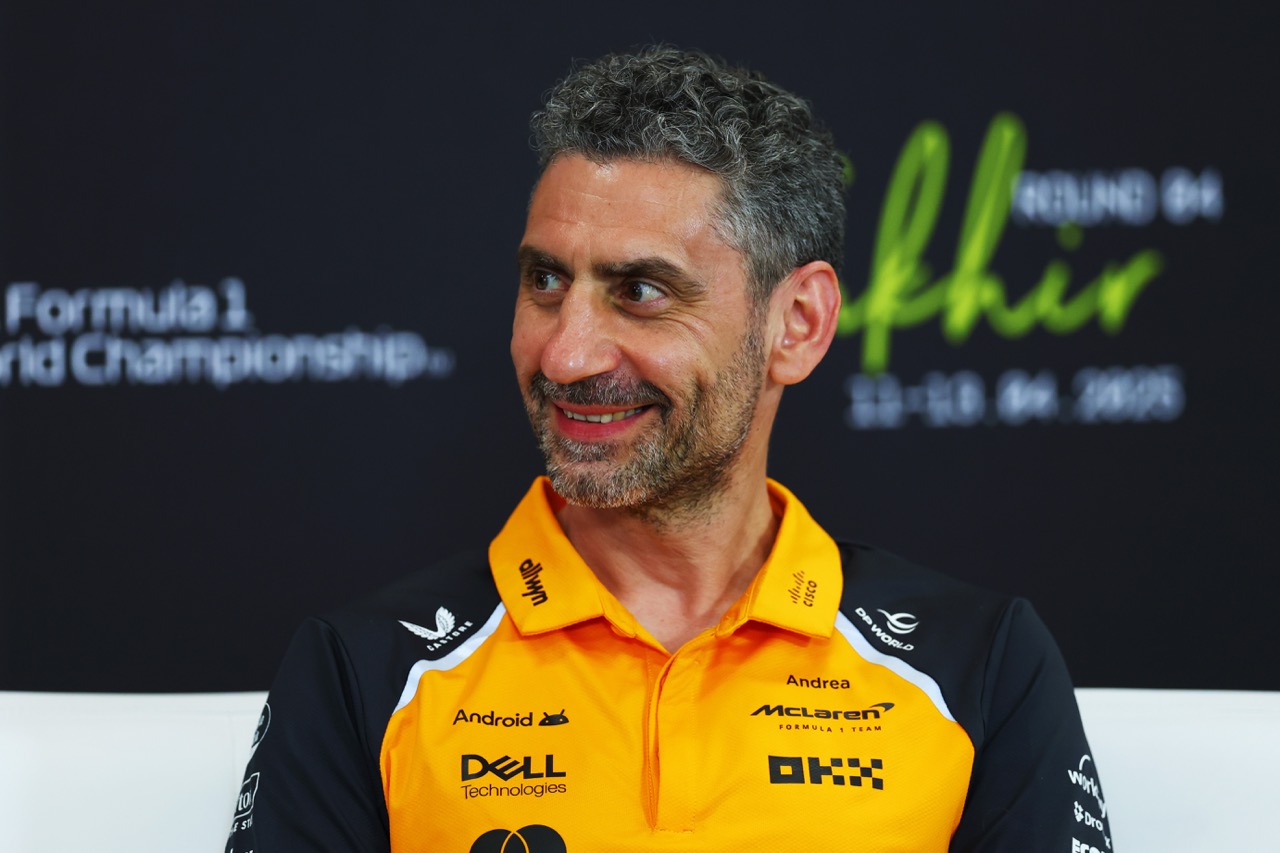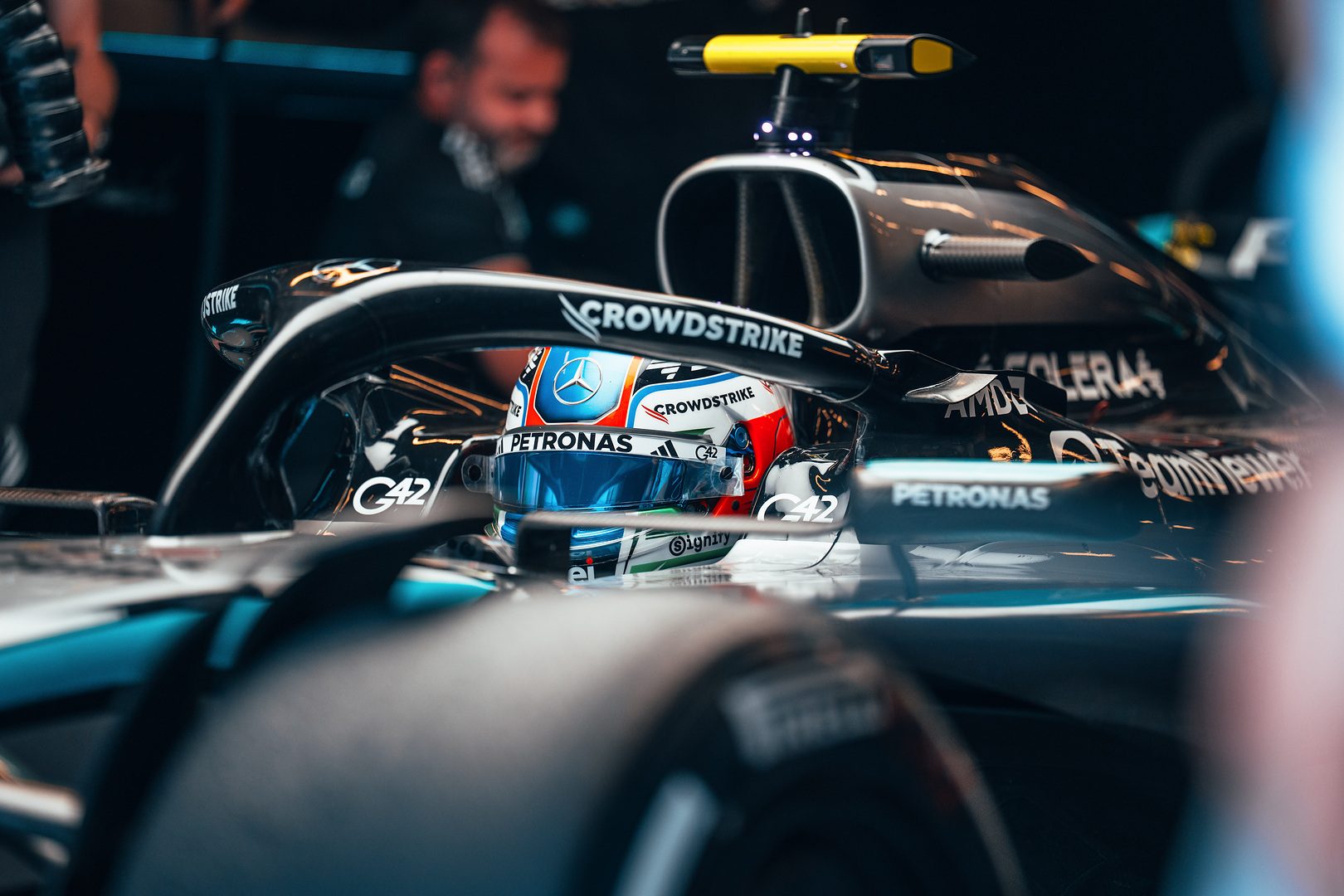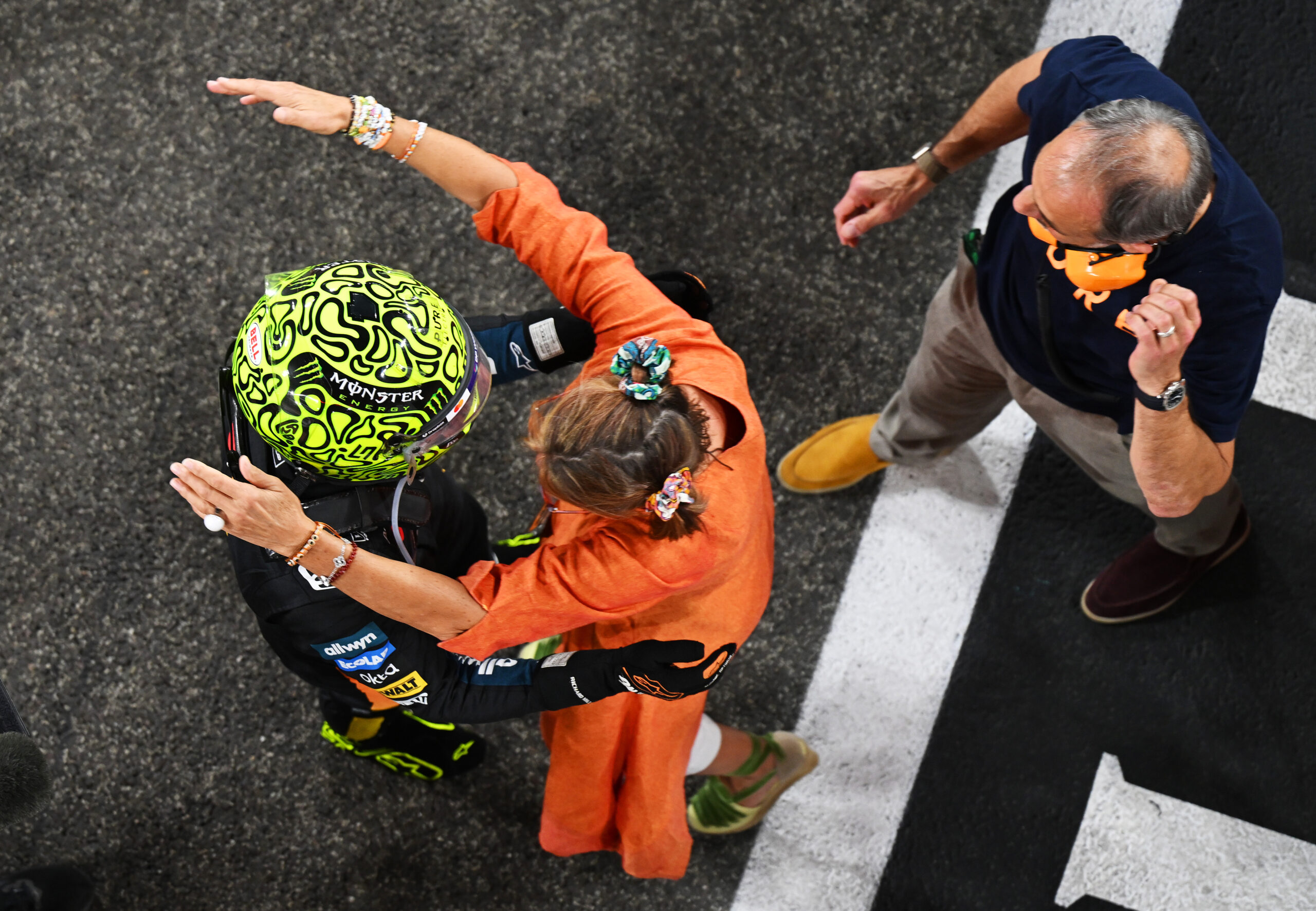
The NTT IndyCar Series announced their schedule for 2024 earlier this week, and while the Milwaukee Mile is making a much anticipated return, there is one big omission on next year’s schedule: the Texas Motor Speedway.
After a few years with issues following NASCAR’s liberal use of the PJ1 traction compound, the PPG 375 in April this year proved to be a showcase for oval racing. Josef Newgarden won his second successive Texas race and his first oval race of his 2023 campaign, a feat he unfortunately cannot compete for again next year.
But according to Mark Miles, Penske Entertainment’s CEO, the door is all but shut for the second fastest oval of the past IndyCar season.
“I think there’s an opening, and it certainly doesn’t mean that we’re not going back, the fact that we’re not there in 2024,” Miles explains. “I think everybody understands we have basically zero flexibility after the Olympics next year, and with NASCAR’s move into the spring there, there really wasn’t an opportunity from TMS’s perspective for us.
“So okay, there’s a great relationship there, and we’ll double back and see what’s possible in the future.
“I will say, though, I think that market is really important to us, so it’s not something that will be neglected.”
The move of the NASCAR race on Texas Motor Speedway (TMS) from autumn to spring has partially created the challenge to fit the race on it’s usual slot, and a suggestion to hold an Indianapolis-like crossover weekend never materialised.
“What we knew was that the NASCAR schedule wasn’t out, and so we didn’t know. We knew there were all kinds of possibilities.
“But it was really fairly late in this process for us that it was clear what their schedule was going to look like, and therefore the implications for us,” Miles added.
“We made it known to our promoter partner that we were open to [a crossover weekend], and it just didn’t seem to have traction. I don’t know whether that was the perspective of SMI or NASCAR, whatever, but that was certainly one idea that could have kept us there if it had worked in the same general spring time frame for us.”
Another scheduling issue for IndyCar was the 2024 Summer Olympics. The biggest sporting event in the world is covered by NBC, which is also the broadcast partner of IndyCar, so to avoid having to share the attention, the second half of the calendar is jam packed, leaving no spot for Texas to slot into.
“Yeah, I think that the calendar is just slammed after the Olympics, and there really wasn’t a good opportunity that would make sense for everybody,” Miles said. “It’s not exactly weather like we have in Indianapolis today in Texas in the summer, although we’ve been through that before, so that was just a consideration.
“We just didn’t really see the opening that would work for us, so we thought we’ll hit pause and then we’ll see what we can do moving forward.”
The Texas Motor Speedway has been a staple of the Indy Car Series ever since the first full Indy Racing League season back in 1997, but despite not having a race this year IndyCar assures they want to return in 2025.
“I think it’s in the best place possible under the circumstances. I think both of us would have preferred to be able to keep a pretty normal schedule and to be there, returning there next year. That wasn’t possible.
“We value our relationship with SMI [the owner of TMS]. There’s been fabulous racing there. That sort of north Texas market is very important to INDYCAR. We’ll go back to work as we have some of the other building blocks like our own media partner in place for 2025.”
According to Miles there is no issue with NASCAR or any of the track owners of NASCAR, empasised by the fact that both parties are looking to collaborate more in the future.
“I think we have a really good relationship with NASCAR. There are intermittent conversations about the possibility of doing more together.
“I think the spirits are willing, and then you get into all the complicated difficulties of laying schedules on top of each other or side by side and making that work,” he explains. “I think there will probably be more in the future, but I can’t tell you right now where that may happen.”
The exclusion of Texas from the calendar means that only Indianapolis exists as a high-speed oval in the season, prompting questions about inexperienced drives getting used to this type of racing. According to IndyCar president Jay Frye this is not much of an issue, as Texas will still be used to train rookies.
“Yeah, if you remember, I guess it was last week, we sent Armstrong and Blomqvist to Texas to test as part of our rookie process that they have to go through, so we’ll still have them do that,” Fry says. “We’ve got data for I guess the last seven or eight years on rookie drivers coming in.
“We’ve made them go to Texas and shake down the car before they come to the IMS open test, and once they do the IMS open test, they can get into Indy 500 practice week, and then from the practice week obviously to qualifying in the race.
“Obviously it would be — Texas was a phenomenal race. They did do a lot of great things leading into the 500. As Mark mentioned, it’s on pause. We think we have a good plan for the current rookies coming in, and they will be completely up to speed before they get to the 500.”





